Among the most nutrient-rich and culturally significant native fruits of Australia is the Kakadu plum — a small, tart, pale green fruit with extraordinary medicinal, nutritional, and antioxidant properties. It has long been a vital food source and healing plant for Indigenous Australians, and in recent years, it’s taken the global health food and nutraceutical markets by storm.
One question naturally arises as this superfruit gains international acclaim:
Which country is the largest Kakadu plum producer in the world?
The answer is both clear and fascinating: Australia — and uniquely so.
In this comprehensive article, we’ll explore why Australia remains the world’s only and largest producer of Kakadu plum, how it’s cultivated, its deep Indigenous heritage, and the growing demand for this ancient superfruit.
What Is Kakadu Plum?

The Kakadu plum (Terminalia ferdinandiana), also known as gubinge, billygoat plum, or green plum, is a small native fruit that grows wild across northern Australia.
Key Characteristics:
- Appearance: Olive-sized, pale green to yellowish-green fruit
- Flavor: Tart, astringent, and citrusy with a hint of apple
- Nutritional Value: Highest natural source of vitamin C in the world — up to 100 times more than oranges
- Cultural Importance: Used traditionally by Indigenous Australians for food, medicine, and ceremonial purposes for over 40,000 years
Kakadu plum is now prized globally as a functional superfood and a powerful ingredient in health supplements, skincare products, and gourmet cuisine.
Which Country Is the Largest Kakadu Plum Producer?
Australia: The Exclusive and Largest Global Producer
Australia is not only the largest producer of Kakadu plum — it’s the only country in the world where the fruit grows naturally and commercially.
Kakadu plum trees grow exclusively in the tropical woodlands of northern Australia, particularly in:
- Western Australia’s Kimberley region
- Top End of the Northern Territory
- Parts of northern Queensland
This native fruit has not been successfully cultivated or commercialized in any other part of the world, making Australia the global leader by default and design.
Why Is Australia the Exclusive Producer?
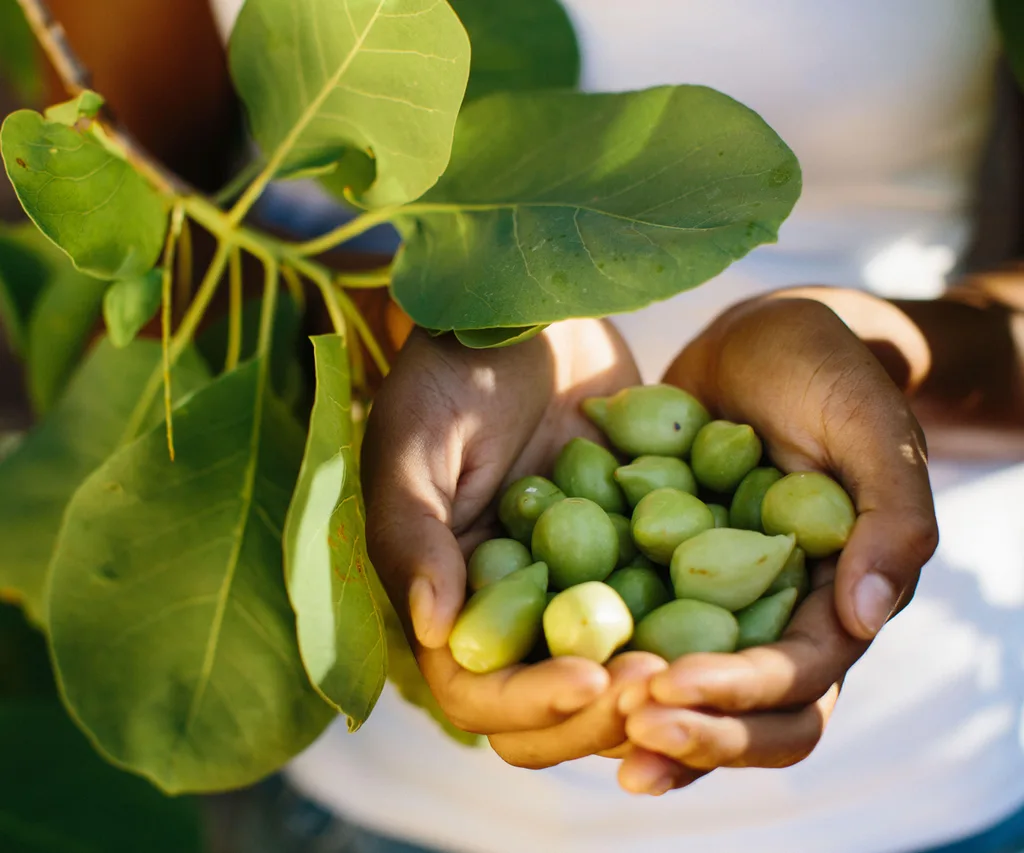
1. Endemic Origin and Ecological Niche
Kakadu plum is a native Australian species that thrives in tropical monsoon climates, characterized by:
- Long dry seasons
- Short, intense wet seasons
- Well-drained sandy soils
- High annual temperatures
These conditions are difficult to replicate elsewhere, making northern Australia the only suitable habitat for natural and commercial growth.
2. Cultural and Legal Protection
The fruit holds deep spiritual, medicinal, and nutritional significance for Indigenous communities. As such, its harvesting, use, and distribution are closely monitored, with Indigenous groups playing a central role in its management and commercialization.
Additionally, Australia’s biodiversity laws restrict the export of live plant material like seeds and saplings, preventing its commercial cultivation abroad.
3. Established Wild-Harvest and Cultivation Practices
Unlike other bushfoods, Kakadu plum is predominantly wild-harvested by Indigenous landowners across remote regions. Some plantations have been established in recent years, but the bulk of production remains community-managed, adding to the fruit’s exclusivity.
Production Overview
Australia’s Kakadu plum industry has grown steadily, driven by demand for superfoods and natural skincare.
Estimated Annual Production:
- 600 to 800 metric tons of fresh fruit harvested annually
- Over 90% harvested in Western Australia’s Kimberley region
Most harvesting takes place during the wet season (December to April). The fruit is typically wild-harvested, cleaned, frozen, and processed into:
- Purees
- Freeze-dried powders
- Juices
- Nutraceutical extracts
Indigenous-Led Production and Economic Importance

The Kakadu plum industry plays a vital role in Indigenous enterprise and employment, with around 75% of the workforce being Indigenous Australians.
Prominent Indigenous-owned or partnered enterprises include:
- Wattleseed Nutritionals
- Kimberley Wild Gubinge
- Bawinanga Aboriginal Corporation
- Wandalgu Enterprises
These enterprises uphold traditional ecological knowledge and sustainable harvesting practices while providing economic opportunities in remote regions.
Nutritional and Commercial Uses
Kakadu plum is revered not just for its flavor, but for its health benefits and natural compounds, making it valuable across multiple industries.
Nutritional Highlights:
- Up to 5300 mg of vitamin C per 100g of fruit
- High in antioxidants, ellagic acid, and anti-inflammatory agents
- Contains antimicrobial properties
Commercial Applications:
- Superfood powders for smoothies and health supplements
- Functional health drinks and wellness shots
- Skincare products — anti-aging, brightening, and hydrating formulations
- Gourmet sauces, jams, and chutneys
In recent years, global demand for Kakadu plum powder and extracts has surged in markets like Japan, the United States, Europe, and Southeast Asia.
Export and Global Market Presence
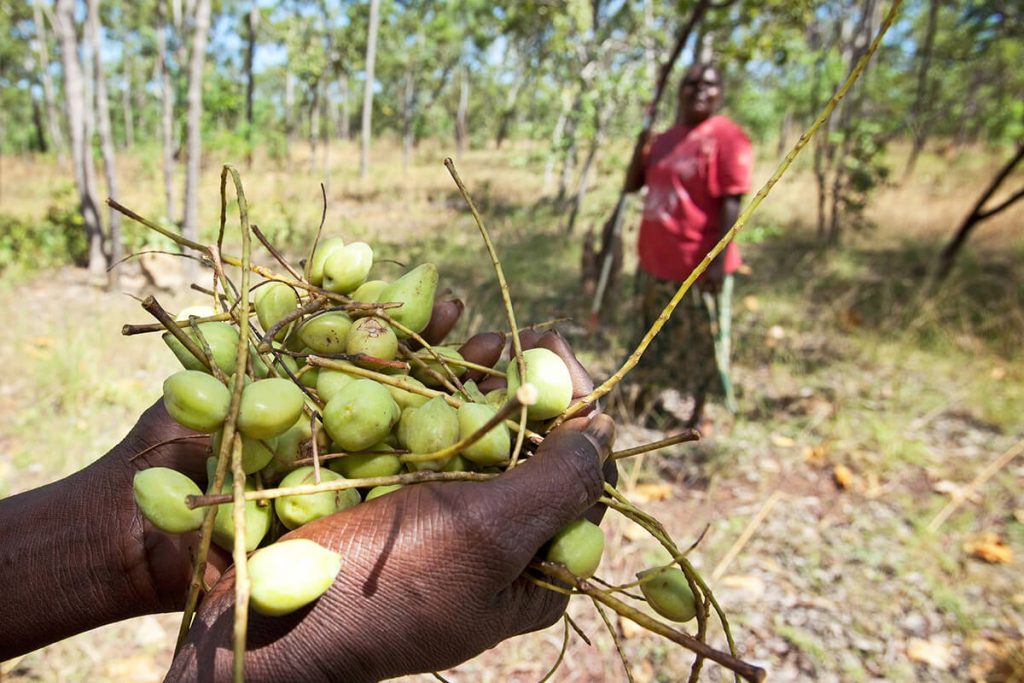
Although the majority of Kakadu plum products are consumed domestically, exports are increasing steadily, particularly in:
- Japan – for high-end cosmetics and wellness supplements
- United States – in health food and natural skincare industries
- Europe – as a superfruit powder and functional ingredient
Most exports are in the form of:
- Freeze-dried powders
- Fruit purees
- Liquid concentrates
- Botanical extracts
Strict Australian biosecurity and Indigenous land use laws maintain controlled, ethical, and sustainable harvesting processes.
Cultivation Challenges Elsewhere
Despite interest from countries with similar tropical climates (like parts of Southeast Asia and South America), commercial cultivation has not occurred outside Australia due to:
- Endemic plant status and biosecurity restrictions
- Specialized soil and ecological conditions difficult to replicate
- Dependence on Indigenous ecological knowledge
- Long gestation period (trees take up to 6 years to bear fruit)
This ensures Australia’s exclusive position in the global market.
Future Outlook
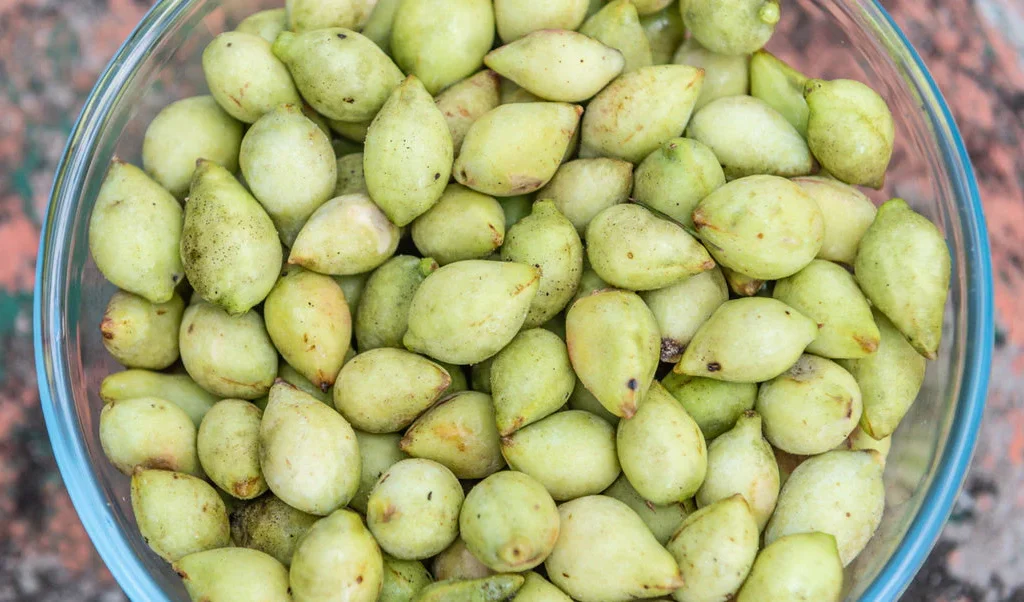
The global market for native Australian superfoods is predicted to grow sharply over the next decade, with Kakadu plum leading the charge.
Industry Projections:
- Australian Kakadu plum industry valued at over AUD 60 million by 2030
- Expansion into cosmetic and pharmaceutical research
- New Indigenous-led farming cooperatives and processing hubs in remote communities
- Growing inclusion in functional food products, beverages, and nutraceuticals
Conclusion: Australia’s Indigenous Superfruit Legacy
In conclusion, Australia is both the largest and exclusive producer of Kakadu plum in the world. From the monsoon-soaked woodlands of the Kimberley to the cultural heartlands of the Northern Territory, this remarkable fruit remains a precious part of Australia’s ecological, cultural, and commercial landscapes.
As consumer interest in natural, ethically sourced, and Indigenous-grown superfoods surges worldwide, the Kakadu plum stands ready to lead — not only as a product of nature but as a symbol of sustainable enterprise, traditional knowledge, and Australian identity.

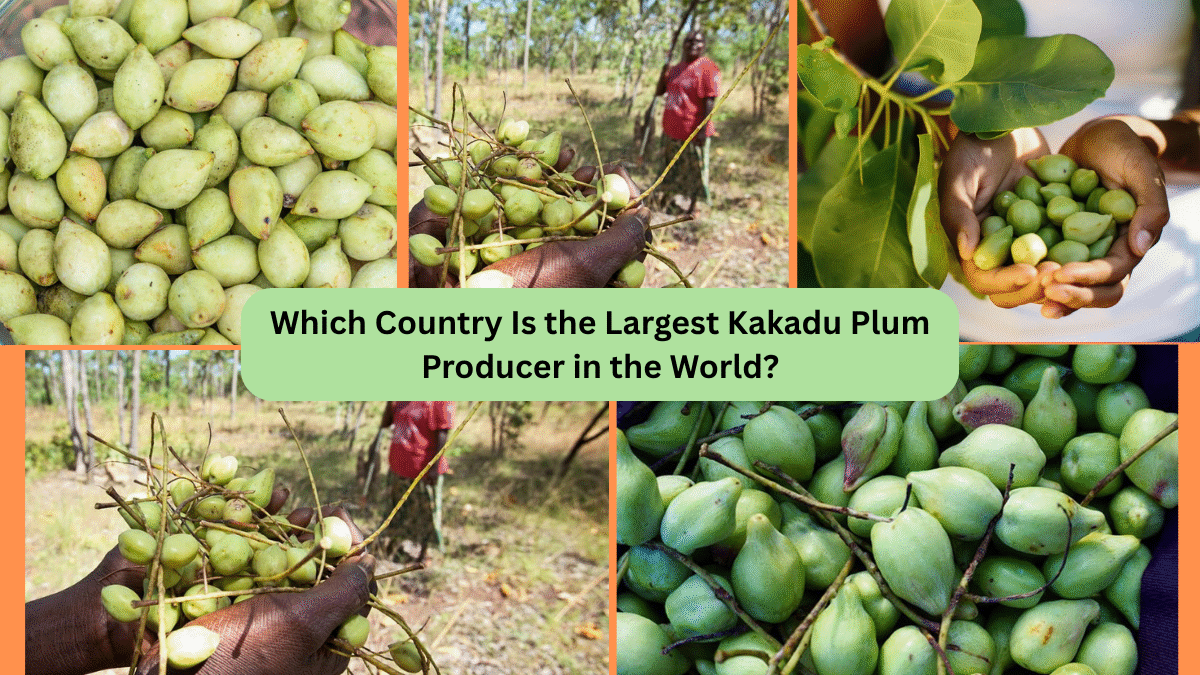
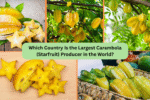

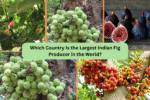
Leave A Comment